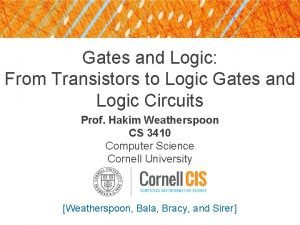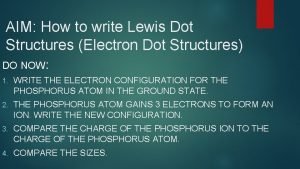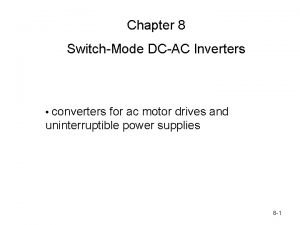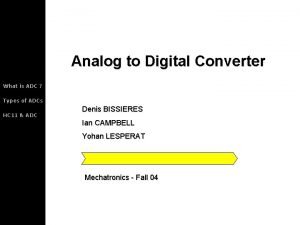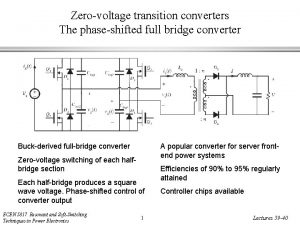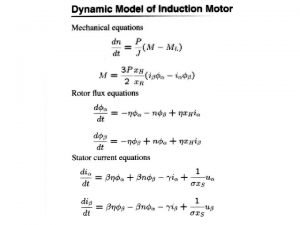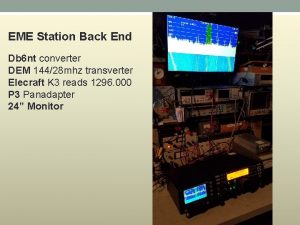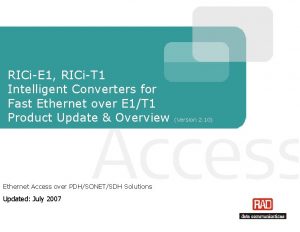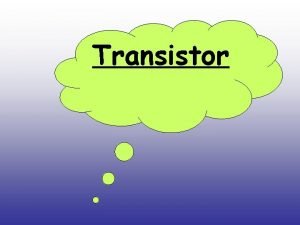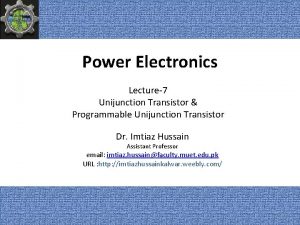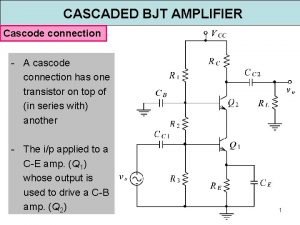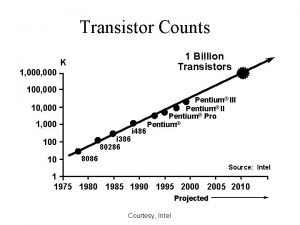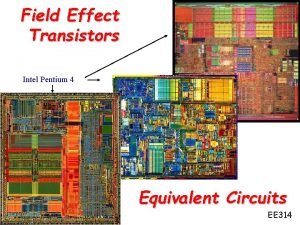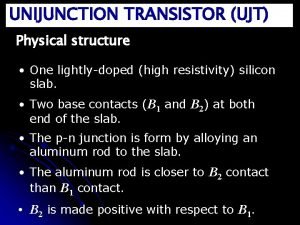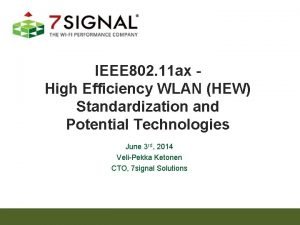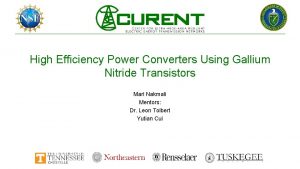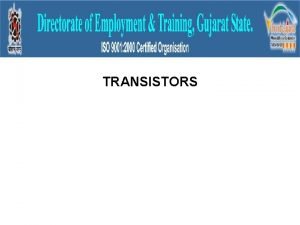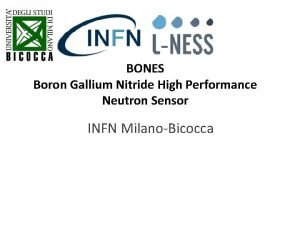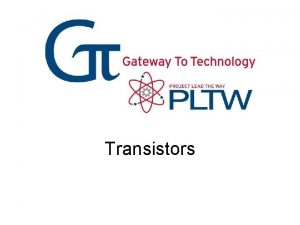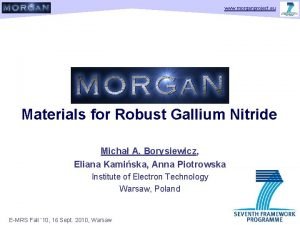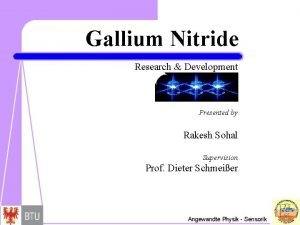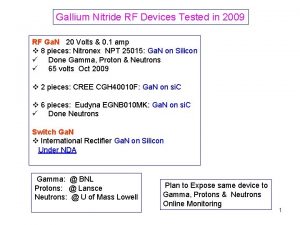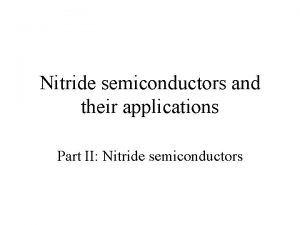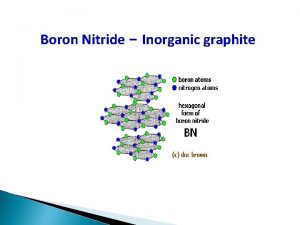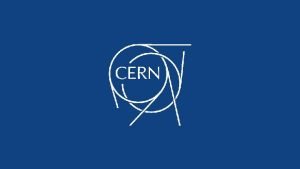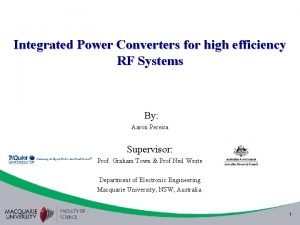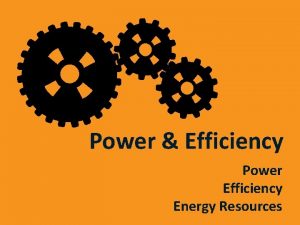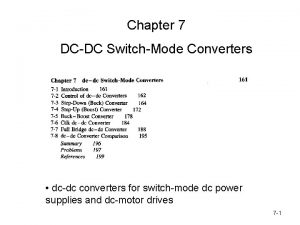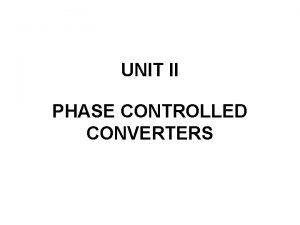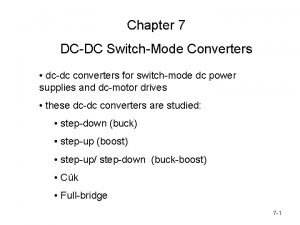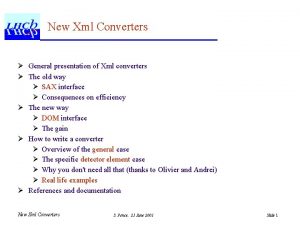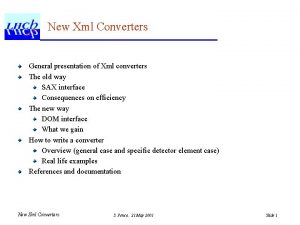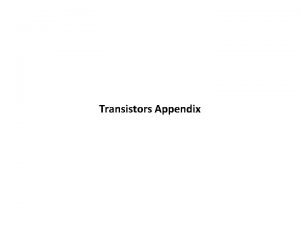High Efficiency Power Converters Using Gallium Nitride Transistors




![Data Sheet Comparison VDS [V] RDS(on) [Ω] ID [A] VGS [V] Size [mm 2] Data Sheet Comparison VDS [V] RDS(on) [Ω] ID [A] VGS [V] Size [mm 2]](https://slidetodoc.com/presentation_image_h/c5161aba1aee05fd1c1881f4febbc04d/image-5.jpg)
























- Slides: 29

High Efficiency Power Converters Using Gallium Nitride Transistors Marl Nakmali Mentors: Dr. Leon Tolbert Yutian Cui

Room for Improvement 5 -2

Material Properties and Limitations 5 -3

Size Minimization 5 -4
![Data Sheet Comparison VDS V RDSon Ω ID A VGS V Size mm 2 Data Sheet Comparison VDS [V] RDS(on) [Ω] ID [A] VGS [V] Size [mm 2]](https://slidetodoc.com/presentation_image_h/c5161aba1aee05fd1c1881f4febbc04d/image-5.jpg)
Data Sheet Comparison VDS [V] RDS(on) [Ω] ID [A] VGS [V] Size [mm 2] Gallium Nitride Silicon 30 30 0. 001 1. 3 60 42 -4<VGS<6 -20<VGS<20 13. 915 30 5 -5

But what about the price? 5 -6

How it works 5 -7

The Buck Converter 5 -8

The Buck Converter 5 -9

The Buck Converter 5 -10

Loss Analysis These losses are: • Switching Loss • Conduction Loss 5 -11

Results 5 -12

Efficiency Graphs 3 V Input Performance 1 0. 9 0. 8 Efficiency 0. 7 0. 6 0. 5 0. 4 0. 3 0. 2 0. 1 0 11. 995 23. 977 Output Power [W] 200 k. Hz Ga. N: 600 k. Hz 1 MHz 36. 038 200 k. Hz Silicon: 600 k. Hz 1 MHz 5 -13

Efficiency Graphs Efficiency 4 V Input Performance 1 0. 9 0. 8 0. 7 0. 6 0. 5 0. 4 0. 3 0. 2 0. 1 0 11. 996 23. 992 Output Power [W] 200 k. Hz Ga. N: 600 k. Hz 1 MHz 35. 981 200 k. Hz Silicon: 600 k. Hz 1 MHz 5 -14

Efficiency Graphs 5 V Input Performance 1 0. 9 0. 8 Efficiency 0. 7 0. 6 0. 5 0. 4 0. 3 0. 2 0. 1 0 11. 991 24. 006 Output Power [W] 200 k. Hz Ga. N: 600 k. Hz 1 MHz 35. 977 200 k. Hz Silicon: 600 k. Hz 1 MHz 5 -15

Efficiency Graphs 6 V Input Performance 1 0. 9 0. 8 Efficiency 0. 7 0. 6 0. 5 0. 4 0. 3 0. 2 0. 1 0 11. 996 23. 994 Output Power [W] 200 k. Hz Ga. N: 600 k. Hz 1 MHz 35. 988 200 k. Hz Silicon: 600 k. Hz 1 MHz 5 -16

Silicon Switching Period 5 -17

Ga. N Switching Period 5 -18

Ga. N Physical Switching Period 5 -19

Conclusion Gallium Nitride has: • Desirable material properties in a transistor. • High frequency, allowing smaller circuits. • Development into becoming cheaper. Applications: • Smaller, more efficient power converters. • Faster, more reliable data transfer. 5 -20

Acknowledgements This work was supported primarily by the ERC Program of the National Science Foundation and DOE under NSF Award Number EEC-1041877. Other US government and industrial sponsors of CURENT research are also gratefully acknowledged. 21

Questions and Answers 22

5 -23

Power Converters A power converts electrical energy from: • AC to AC • AC to DC • DC to AC • DC to DC Types of DC to DC converters: • Step Down (Buck) Converters • Step Up (Boost) Converters

Result Analysis • Put in efficiency of simulation versus efficiency of measured values • Compare these efficiencies with data from Silicon Opti. MOS direct. FET

What is existing technology? Silicon MOSFETs • Currently the industry is mostly reliant on Silicon MOSFETs • It has a cheap price • Its manufacturing processes are matured • It is already in enhancement mode, which is easier and safer Ga. N MOSFETs • Ga. N MOSFETs are not as cheap • Its manufacturing processes are not yet mature • It is not inherently in enhancement mode and steps must be taken for it to be in that mode

Switching Loss 5 -27

Conduction Loss 5 -28

Gate Loss 5 -29
 What does a and gate do
What does a and gate do Selenium unpaired electrons
Selenium unpaired electrons Bromine electron dot diagram
Bromine electron dot diagram Productive inefficiency and allocative inefficiency
Productive inefficiency and allocative inefficiency Allocative efficiency vs productive efficiency
Allocative efficiency vs productive efficiency Productive inefficiency and allocative inefficiency
Productive inefficiency and allocative inefficiency Dcac converters
Dcac converters Whats an adc
Whats an adc Catalytic converter reaction
Catalytic converter reaction Zero voltage switching waveforms
Zero voltage switching waveforms Dcac converters
Dcac converters Digital to analog converters basic concepts
Digital to analog converters basic concepts Eme converter
Eme converter Circulating current in dual converter
Circulating current in dual converter Cross regulation definition
Cross regulation definition Intelligent converters
Intelligent converters Npn
Npn Application of unijunction transistor
Application of unijunction transistor Application du transistor
Application du transistor Cascaded transistor
Cascaded transistor 1 billion transistors
1 billion transistors Graphical analysis
Graphical analysis Physical structure of ujt
Physical structure of ujt Mega giga tera peta
Mega giga tera peta Second generation of computer
Second generation of computer Interpretations of moore's law assert that:
Interpretations of moore's law assert that: Power triangle
Power triangle Hls ll hls webrtc
Hls ll hls webrtc High efficiency wlan
High efficiency wlan Work power and efficiency
Work power and efficiency
